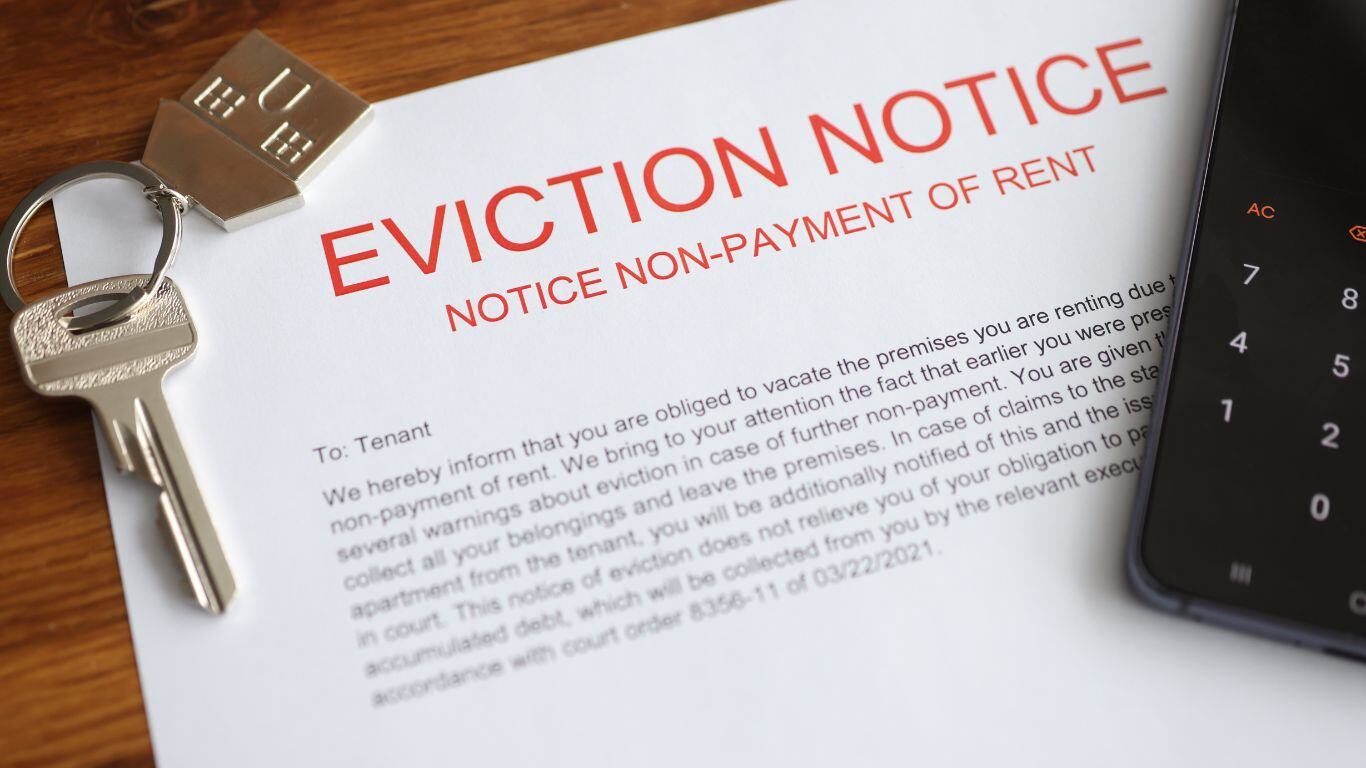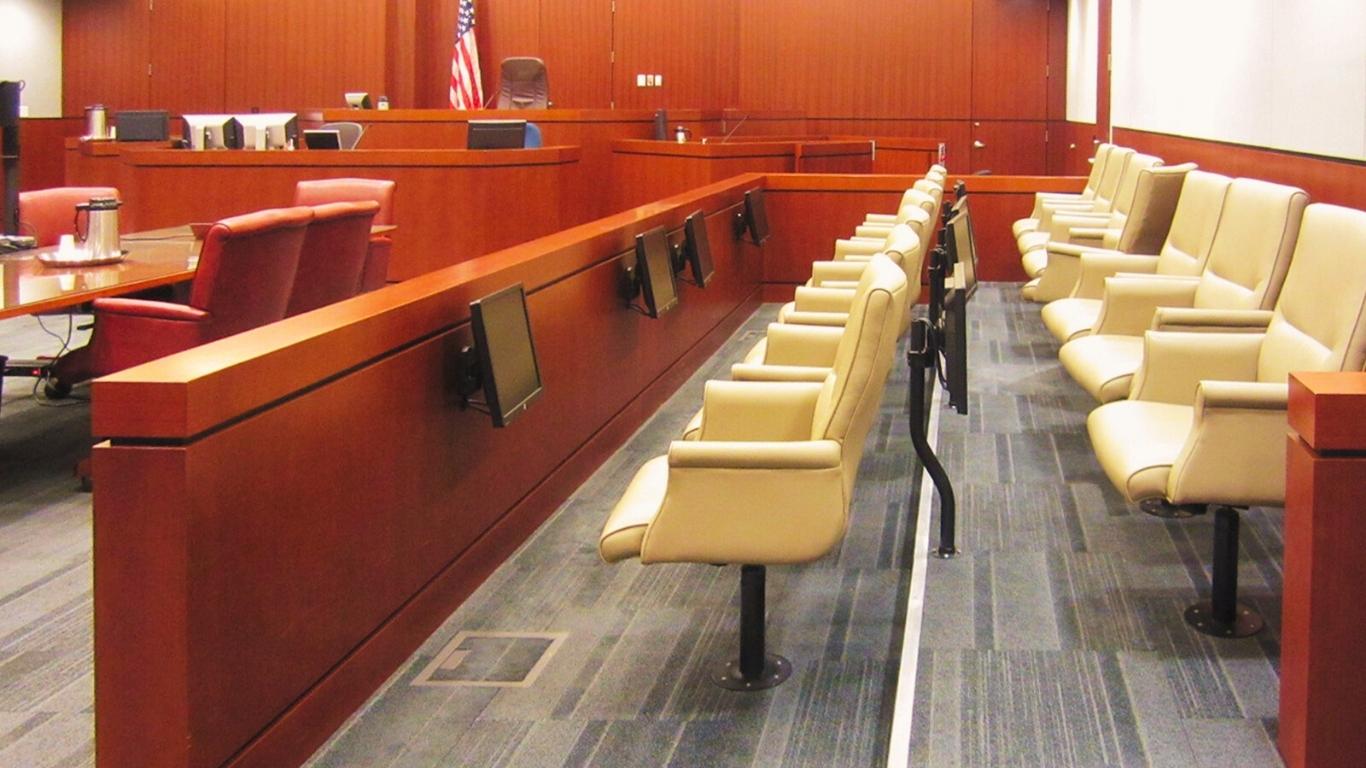Architectural firms and court planning consultants have both unique and overlapping skill sets. If you are concerned that your courthouse is overcrowded and out of space, which should you hire to plan for future space needs and courthouse planning?
If you saw my last post, Ten Symptoms of a Courthouse Out of Space, you may have identified some symptoms of an overcrowded courthouse. While I hope it was only a few and not all ten, in my experience, if a courthouse exhibits one or two symptoms of overcrowding, it is more likely to suffer from many remaining symptoms – even though the court may have become used to them. They are now accepted as “normal.”
Whether you identified with one or ten symptoms, these questions now arise:1.) How do we correct the overcrowding problem?
2.) How do we determine the courthouse space we need? Who can help us best?
 Let’s address the last question since it may also hold answers to the first two. The basic decision here is who should help you define the future needs of your courthouse. Courts typically start by hiring a court planning consultant or an architectural firm to prepare a courthouse planning study or needs assessment as the first phase of a courthouse improvement project.
Let’s address the last question since it may also hold answers to the first two. The basic decision here is who should help you define the future needs of your courthouse. Courts typically start by hiring a court planning consultant or an architectural firm to prepare a courthouse planning study or needs assessment as the first phase of a courthouse improvement project.
The needs assessment is a carefully sequenced and integrated process that evaluates the existing facility to determine its capacity and the opportunity for expansion. The assessment also predicts the growth in operational and personnel needs and compares these future needs to the capacity of the existing courthouse. The needs assessment identifies and justifies court projects and proposes an execution strategy for long-term efforts such as a major renovation or new courthouse construction project.
This process assures that a courthouse plan is responsive to both the actual current and future court requirements. It will provide a solid foundation for efficiently moving through the following funding, design, and construction phases.
Court Planning Consultant
This is precisely the expertise of a qualified court planning consultant, combining a mix of skill sets that includes analysis and architecture. The court planning firm analyzes demographic and economic data to forecast future court workload and personnel needs, and these analytical skills are balanced with architectural capability.
On the architectural side, the court planning consultant will evaluate the courthouse with an understanding of court space standards and security, adjacency patterns, and knowledge of court operations. These skills are needed to develop a program of requirements that presents a detailed list of the spaces required to implement a court project.
Architectural Firm
An architectural firm will have all the architectural services in-house to evaluate the court facility and develop a program of requirements. An architectural firm may need to gain in-house analytic skills to perform credible evaluations and forecasts. Of course, the architectural firm can go beyond the needs assessment and program of requirements if there is an award to design a renovation project or new courthouse.
Combined Approach
For clarification, it should be noted that it is optional for this to be a mutually exclusive choice between a court planning consultant and an architectural firm. A court may hire a court planning consultant directly or may elect to hire an architectural firm with a court planning consultant as an integral part of its team.
Courthouses are a unique building type; therefore, the selected team must have an in-depth understanding of the judicial, administrative, and security functions of courthouses, as well as actual experience working on similar projects. A local architectural firm may be familiar with your courthouse and has performed numerous projects for years, and such a firm already knows the existing facility's stakeholders, opportunities, and limitations.
Pairing with a court planning consultant enhances the team's knowledge to include experience from the dozens – if not hundreds – of courthouses served by the court planning consultant. The court planning consultant also contributes analytical capabilities that ensure a more credible and defensible needs assessment.
A key benefit of the combined approach is that the court may rely on a local connection to an architectural firm. In contrast, the court planning consultant can contribute a broad base of experience and lessons learned.
The answer to “Who can help us best?” is not necessarily architect vs. court planner – it could be both.




















